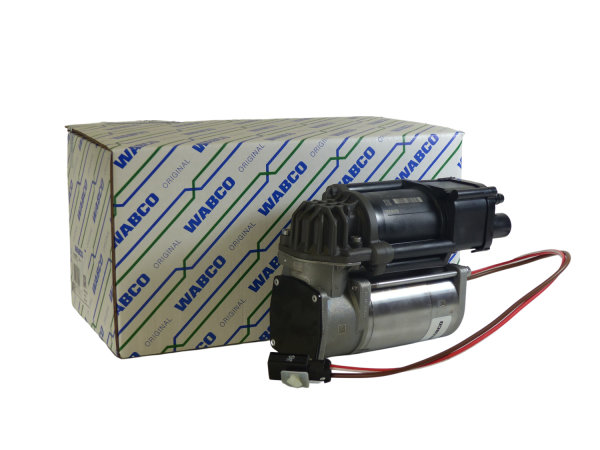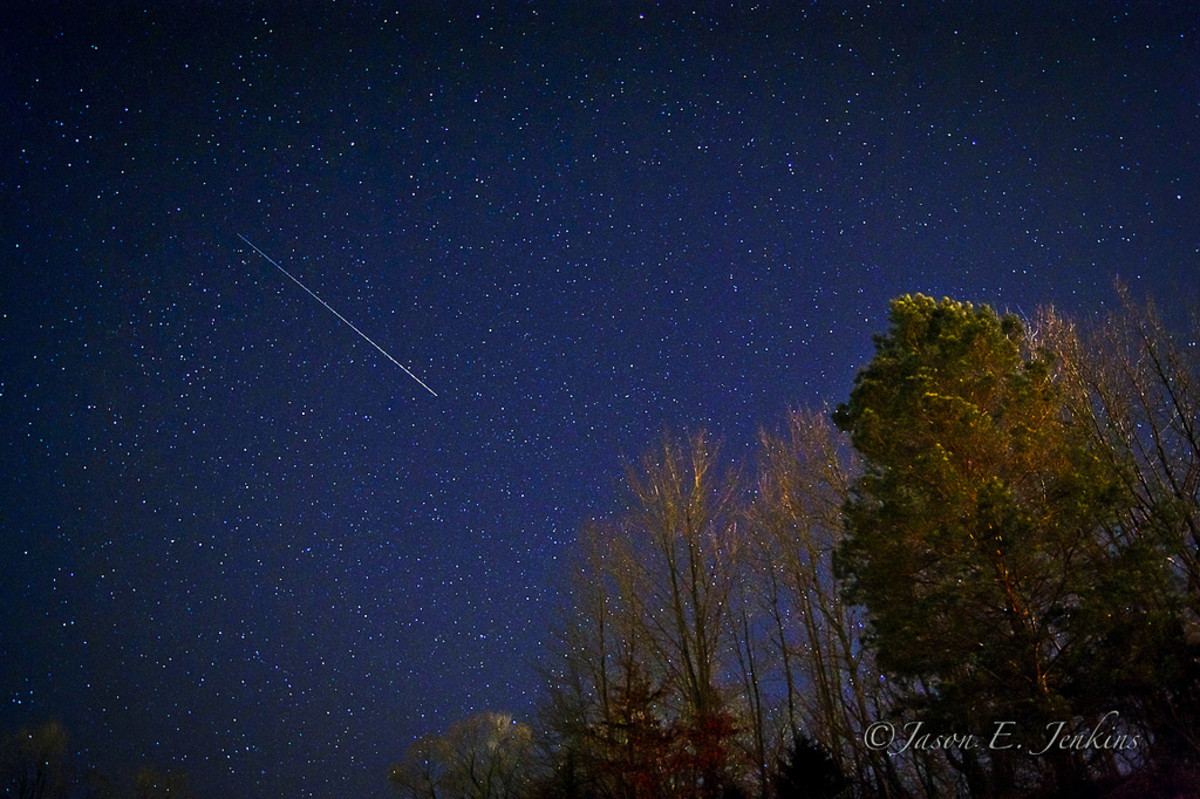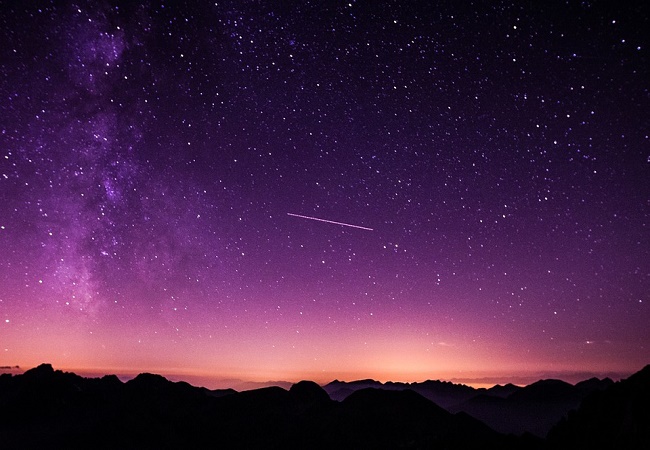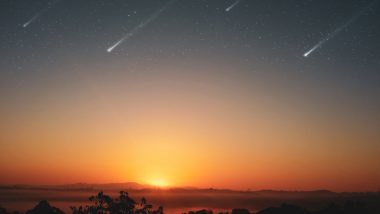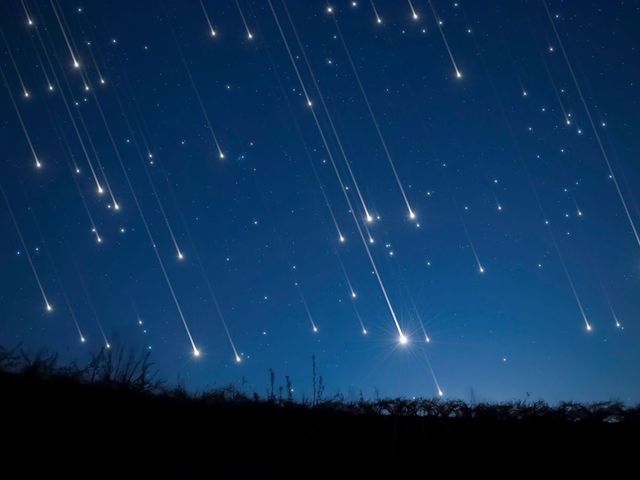Column: Nature Notes - SHOOTING STARS
4.8 (748) · € 17.50 · Auf Lager
In fact, this phenomenon has nothing to do with stars, but is actually caused by tiny bits of rock, debris and dust called meteoroids entering the Earth
In fact, this phenomenon has nothing to do with stars, but is actually caused by tiny bits of rock, debris and dust called meteoroids entering the Earth's atmosphere. As they enter the atmosphere the meteoroids burn up and produce a bright tail of light which is called a meteor. Most meteoroids disintegrate in the atmosphere, but some solid particles, composed of strong material, travelling at lower entry speeds may survive the burning and hit the Earth; they are called meteorites; they cool and do not emit visible light.
Shooting stars’ trail of light is produced because meteoroids hit the Earth’s atmosphere at very high velocities and strong drag forces are created. As it collides with the air molecules, compression heats the meteoroid and the surrounding air and causes the surface of the particle to glow as it melts and is transformed into gas. Atmospheric gases in the path of the meteoroid are heated and become ionised. The colours of a shooting star can indicate the minerals present - iron glows yellow

Photographing Star Trails on Color Film » Shoot It With Film

NEEWER 77 inch Camera Tripod Monopod for DSLR, Phone
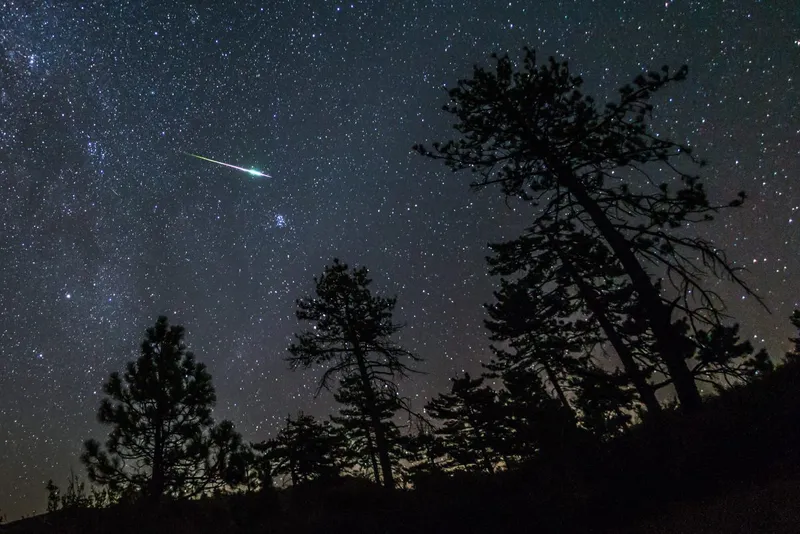
A professional astronomer's top tips for the 2023 Perseid meteor

Nightscapes: Landscape Astrophotography, Ian Norman

Northern Lights Dance across U.S. because of 'Stealthy' Sun

How to play Shooting Stars - EASY Piano Tutorial - Bag Raiders

Shooting star background 밤하늘 사진, 풍경 그림, 하늘 그림

The best way to see this year's best meteor shower - 360
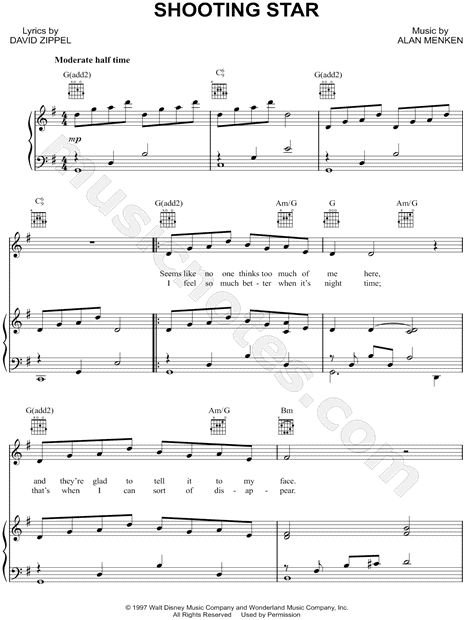
Shooting Star from 'Walt Disney's Hercules' Sheet Music in G

Notes on the Nature of Joseph Cornell – Artforum

The Cultural Interpretations of Seeing Shooting Stars - Nspirement

Geminid meteor shower 2017: How to see the Geminid's shooting


